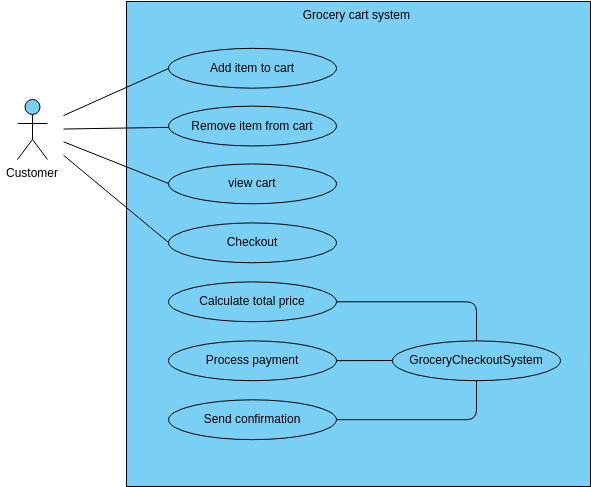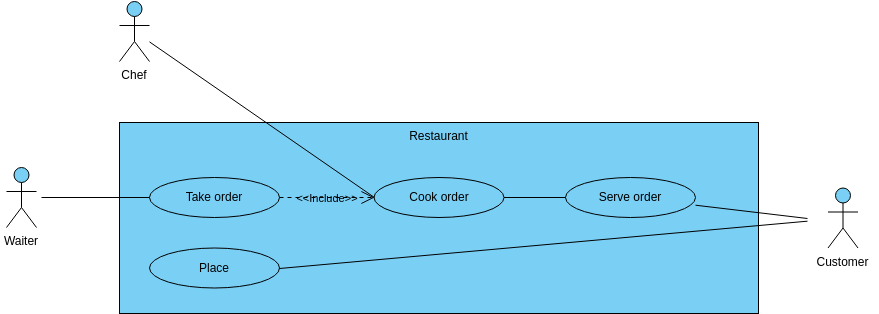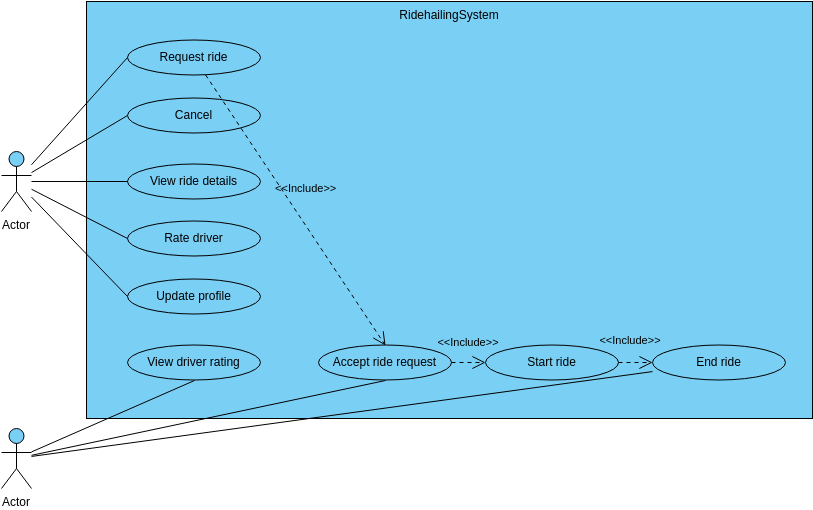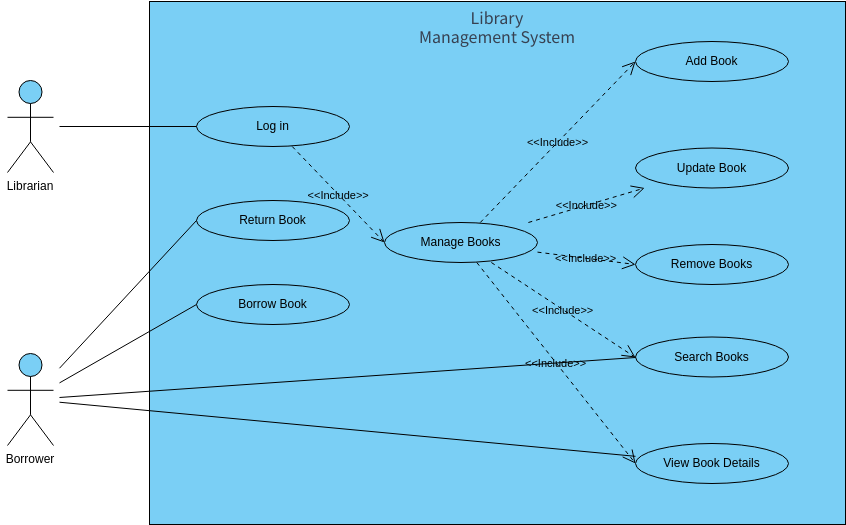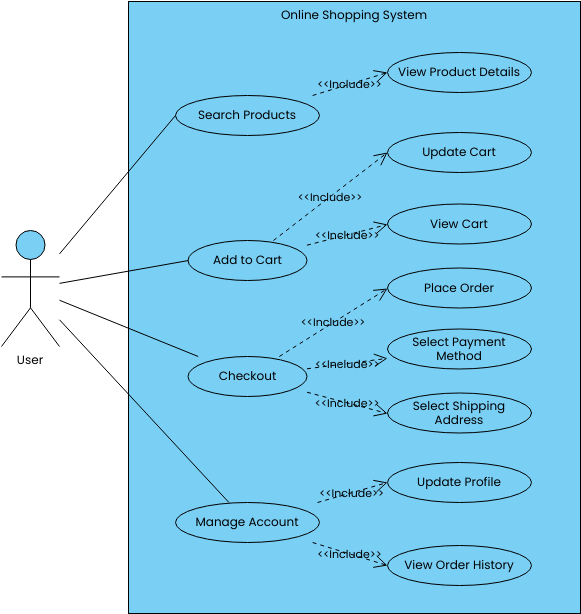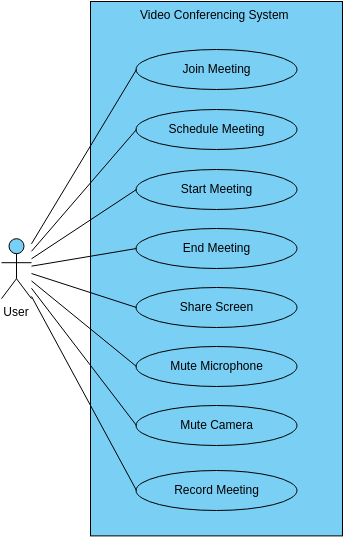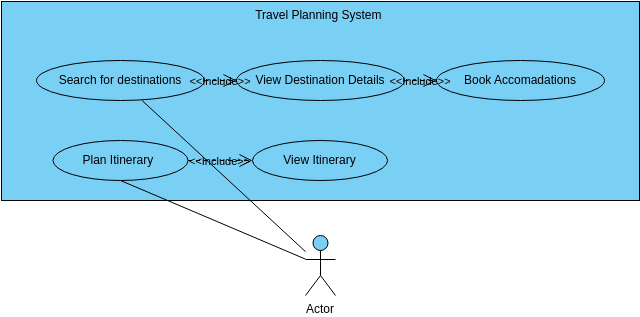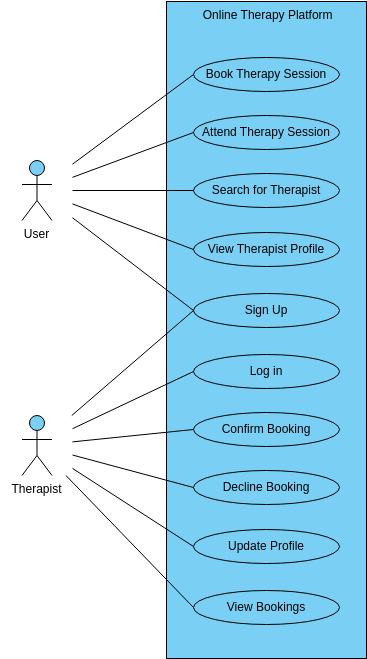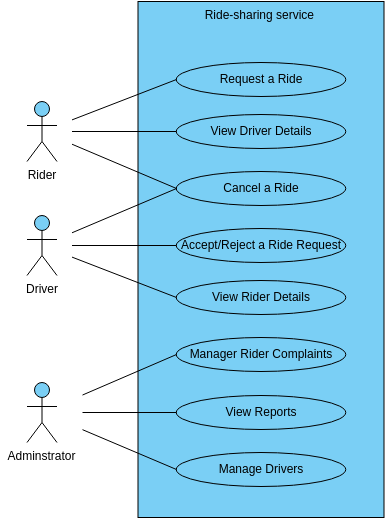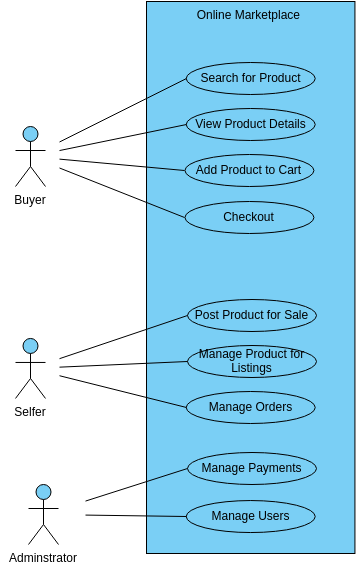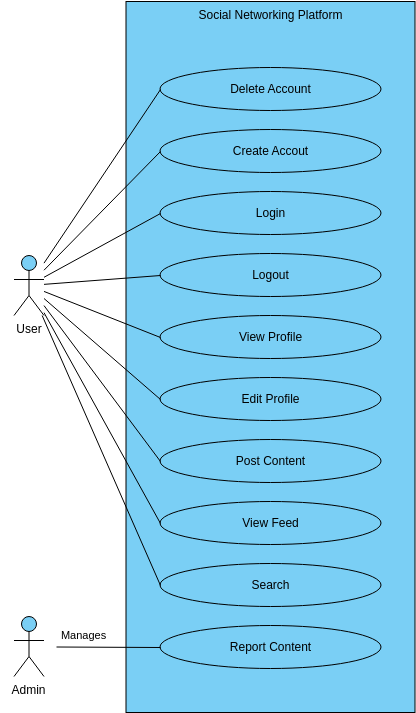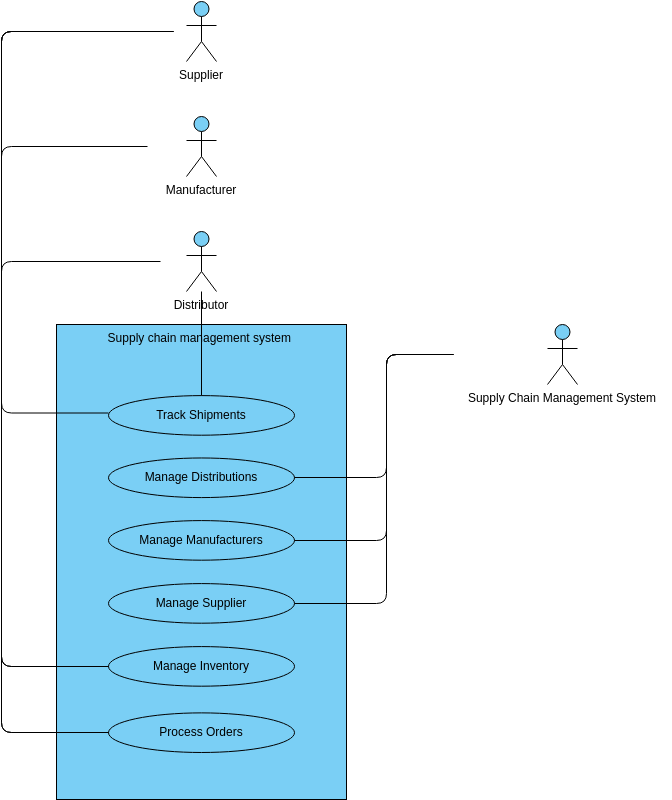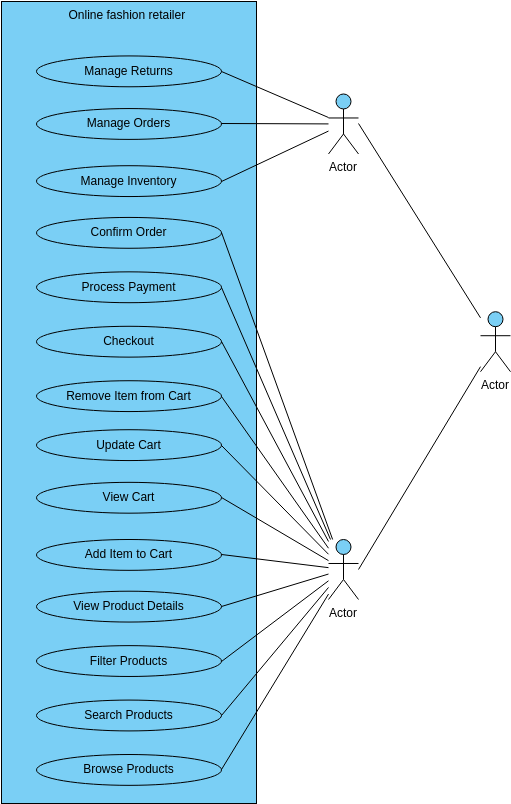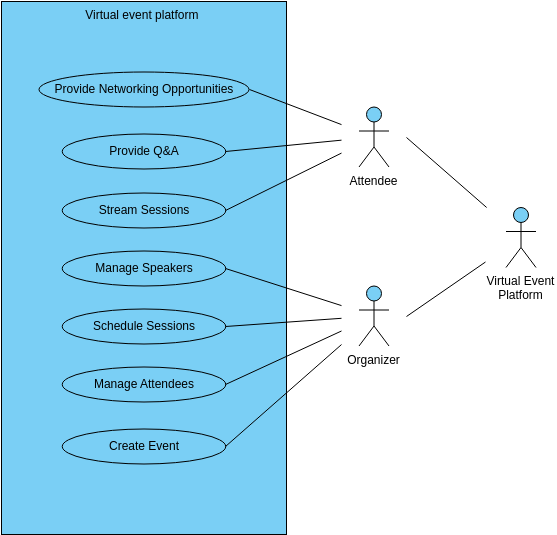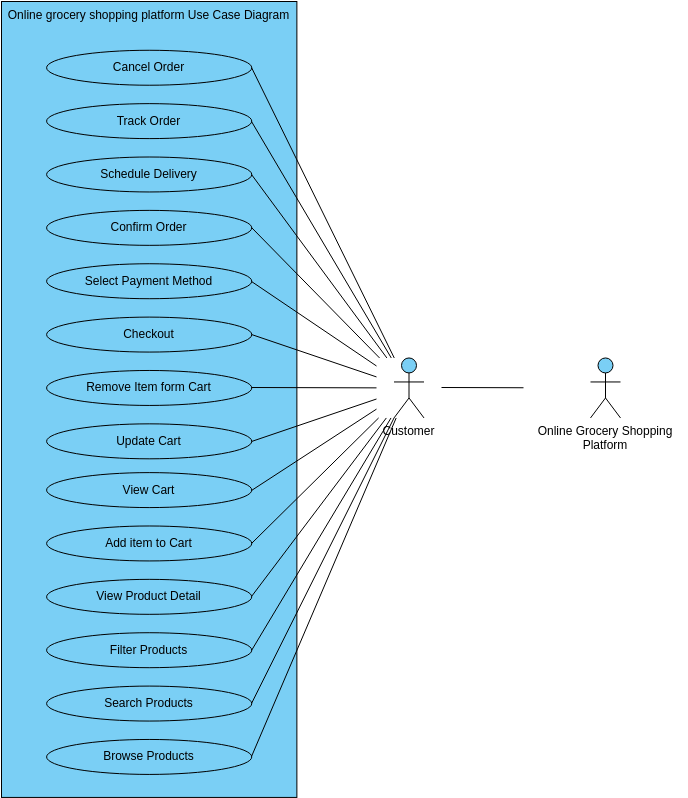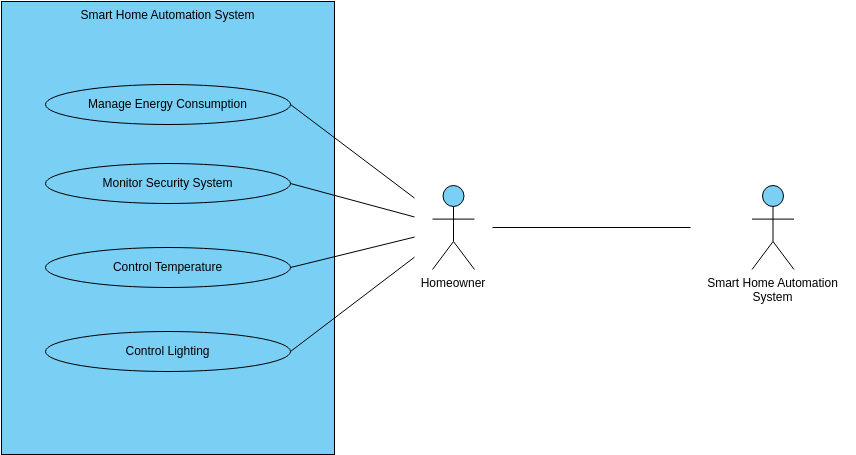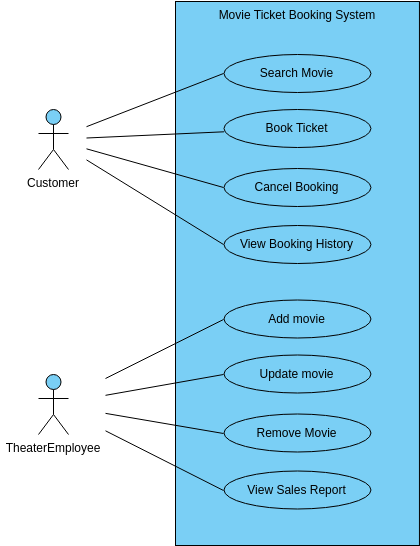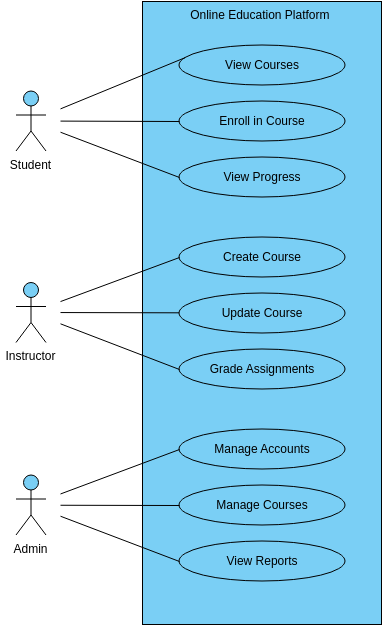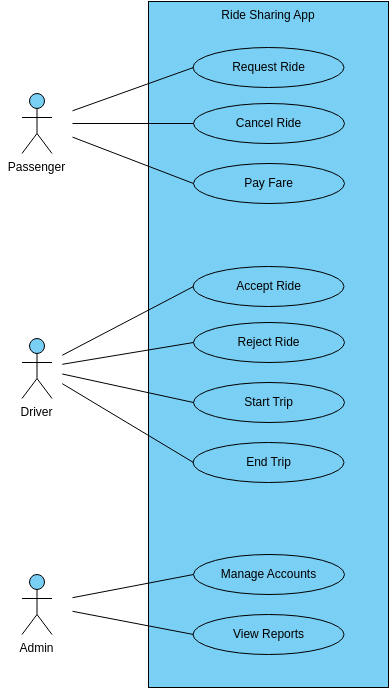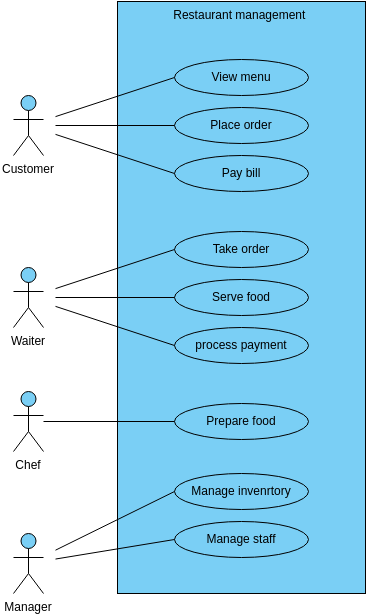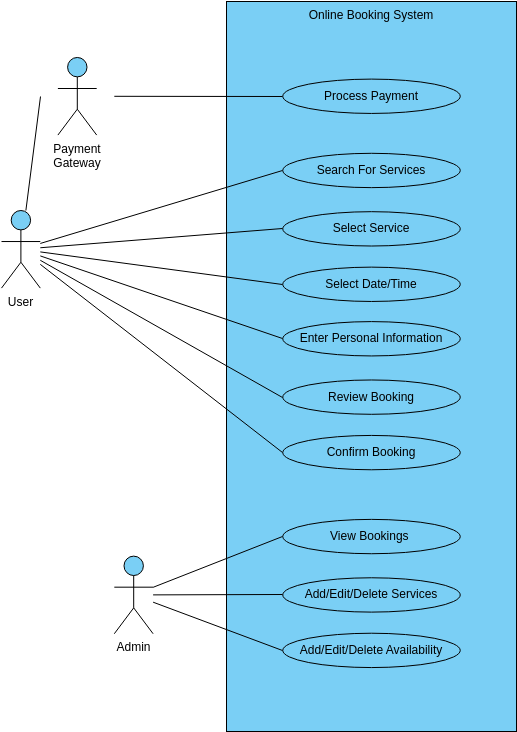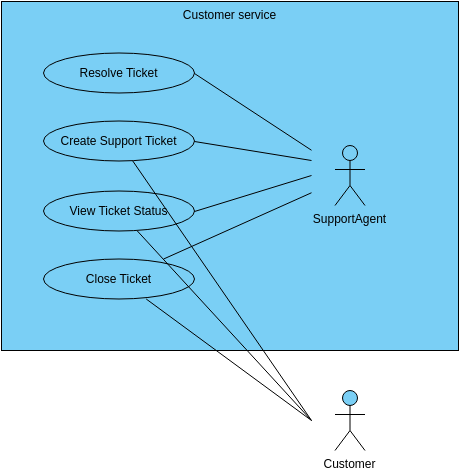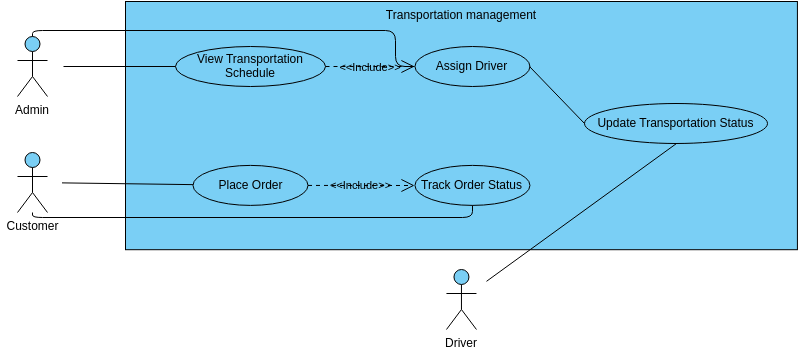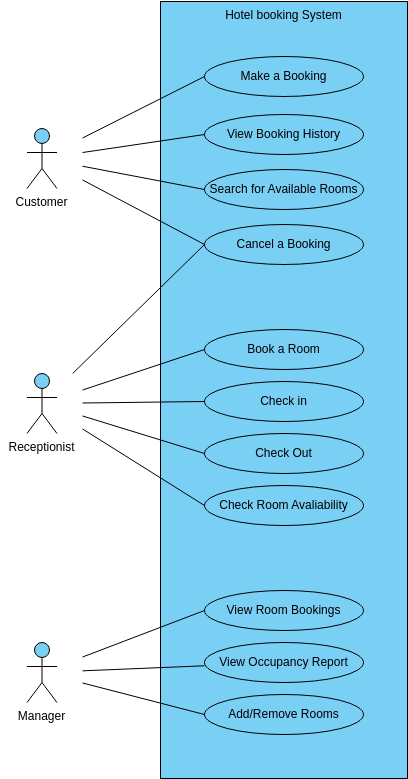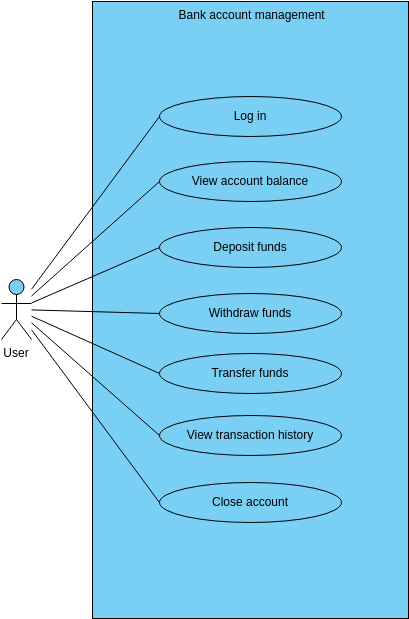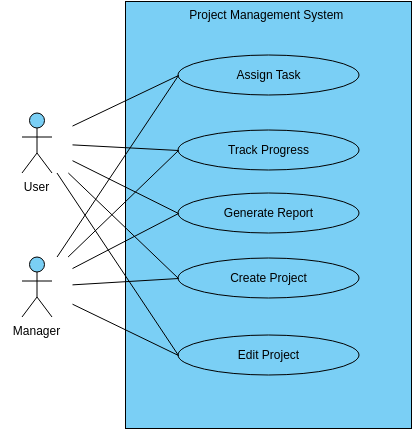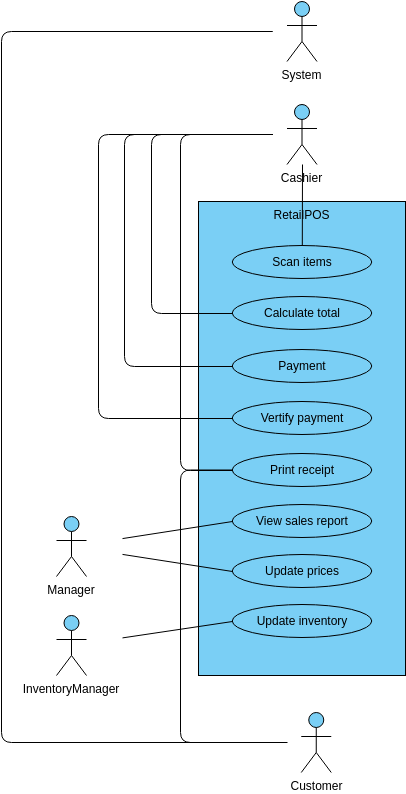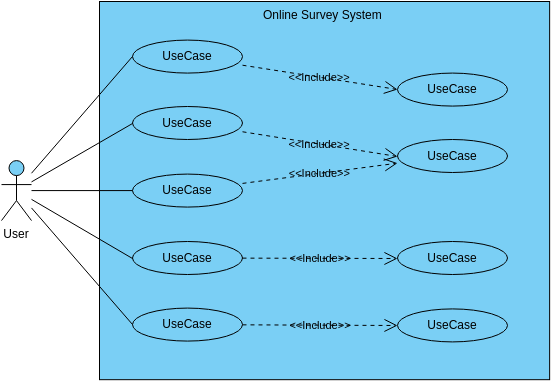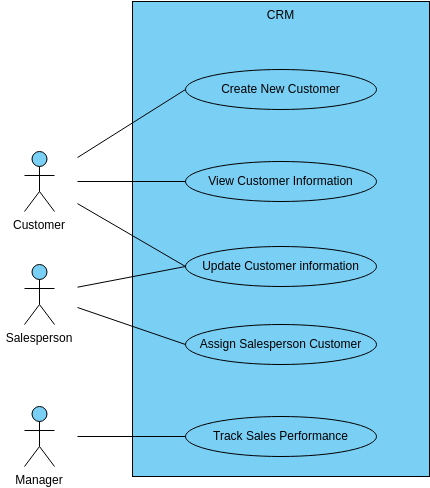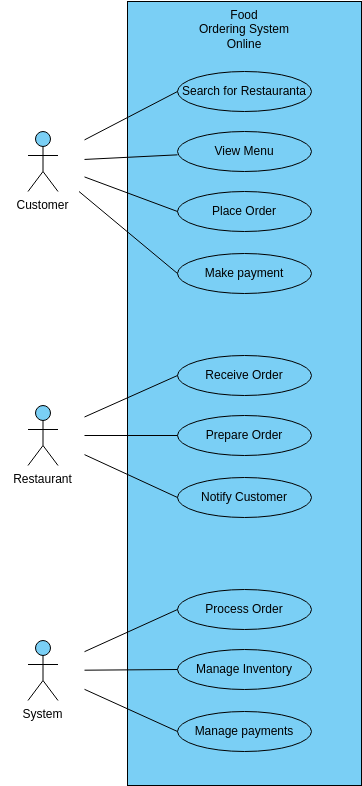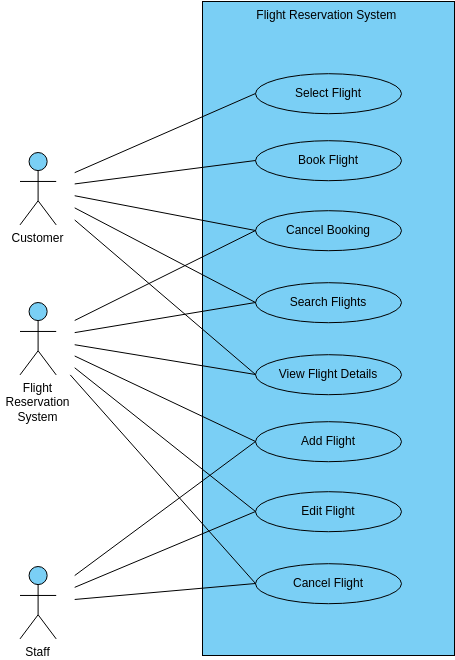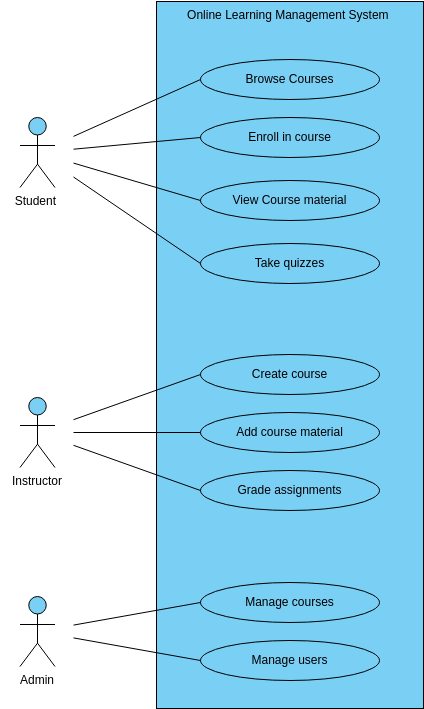Health and Fitness Tracker
Creating a use case diagram for a health and fitness tracker can provide several benefits to an organization. Firstly, the diagram helps to ensure that all necessary functionality is included in the system and that it is designed to meet the needs of all stakeholders. By identifying all the different interactions that users have with the system and the various tasks that need to be performed, the diagram ensures that the health and fitness tracker is capable of managing user data effectively and efficiently. This helps to improve the accuracy of fitness tracking, reduce errors, and increase user satisfaction.
Secondly, a use case diagram can serve as a valuable tool for communication and collaboration between stakeholders. By visualizing the different use cases and how they relate to each other, stakeholders can better understand the overall functionality of the system and how it meets the needs of users. This can help to align the goals and expectations of different stakeholders and ensure that everyone is working towards a common goal. Additionally, the use case diagram can help to facilitate discussions around potential improvements or changes to the system, allowing stakeholders to identify opportunities for enhancement and innovation. By bringing together different perspectives and insights, a use case diagram can help to ensure that the health and fitness tracker is designed to deliver maximum value to the organization and its users.
Benefits of creating Health and Fitness tracker
Creating a health and fitness tracker can provide several benefits to both individuals and organizations. Firstly, the tracker can help individuals monitor and track their fitness progress, providing them with valuable insights into their health and wellbeing. By tracking data such as physical activity, nutrition, and sleep, individuals can identify patterns and make informed decisions to improve their overall health and fitness. This can lead to increased motivation, better performance, and a greater sense of control over one's own health.
Secondly, a health and fitness tracker can help organizations promote a culture of wellness and improve employee health and productivity. By providing employees with access to a health and fitness tracker, organizations can encourage healthy behaviors and support employees in achieving their fitness goals. This can lead to reduced absenteeism, better job satisfaction, and improved performance in the workplace. Additionally, organizations can use the data collected by the tracker to identify trends and areas for improvement, allowing them to develop targeted wellness programs and initiatives that better meet the needs of their employees. This can lead to a more engaged and productive workforce, ultimately benefiting the organization as a whole.
Advantages of creating this use case diagram
Creating a use case diagram for a health and fitness tracker can provide several advantages to an organization. Firstly, the diagram can help to ensure that all necessary functionality is included in the system and that it is designed to meet the needs of all stakeholders. By identifying all the different interactions that users have with the system and the various tasks that need to be performed, the diagram ensures that the health and fitness tracker is capable of managing user data effectively and efficiently. This can lead to improved accuracy of fitness tracking, reduced errors, and increased user satisfaction.
Secondly, the use case diagram can serve as a valuable tool for project management and system design. By providing a visual representation of the system's functionality, stakeholders can better understand the overall structure of the system and how its various components interact with each other. This can help to identify potential bottlenecks, inefficiencies, or redundancies in the system, allowing stakeholders to make informed decisions about system design and implementation. Additionally, the use case diagram can help to facilitate communication and collaboration between stakeholders, ensuring that everyone is working towards a common goal and that the system is designed to deliver maximum value to the organization and its users.
